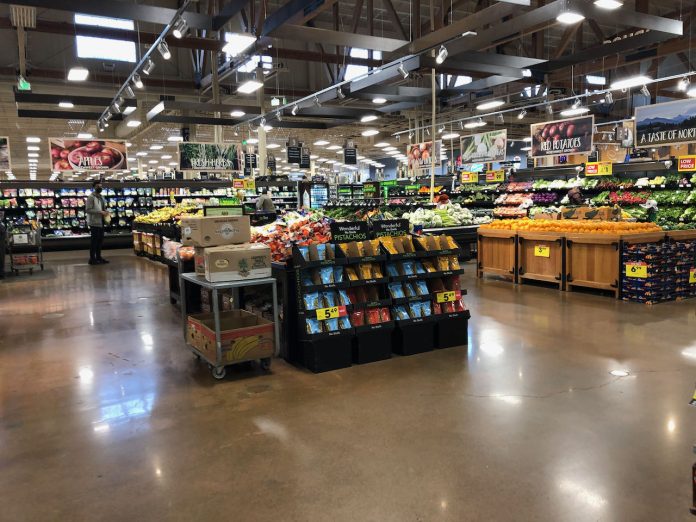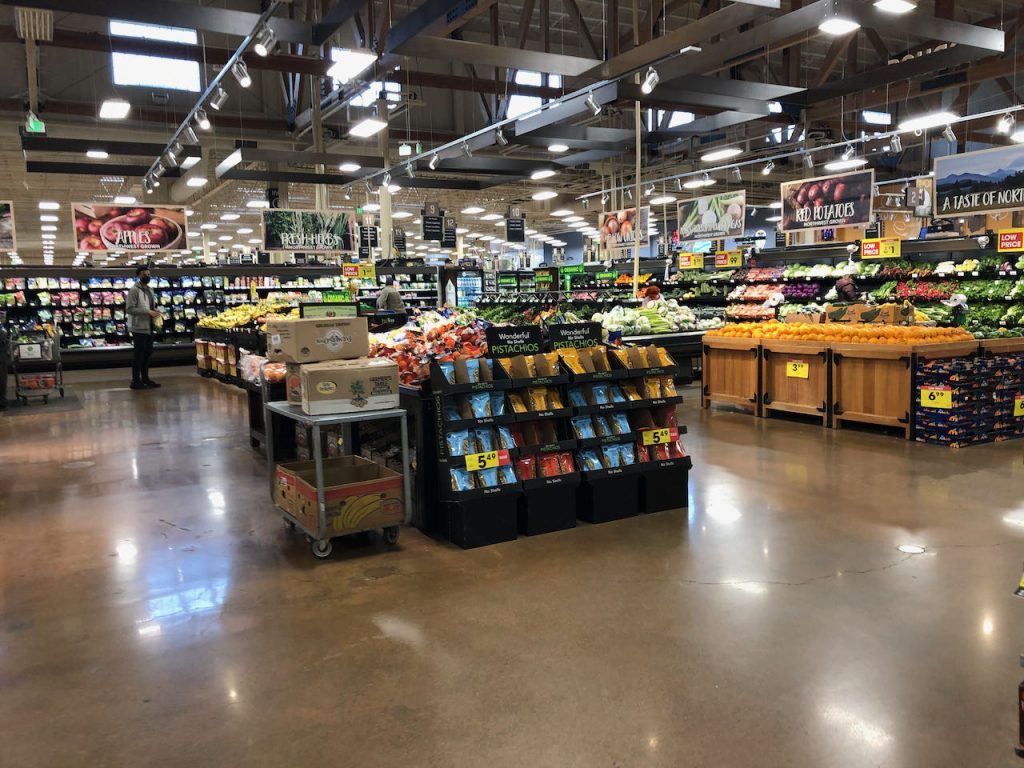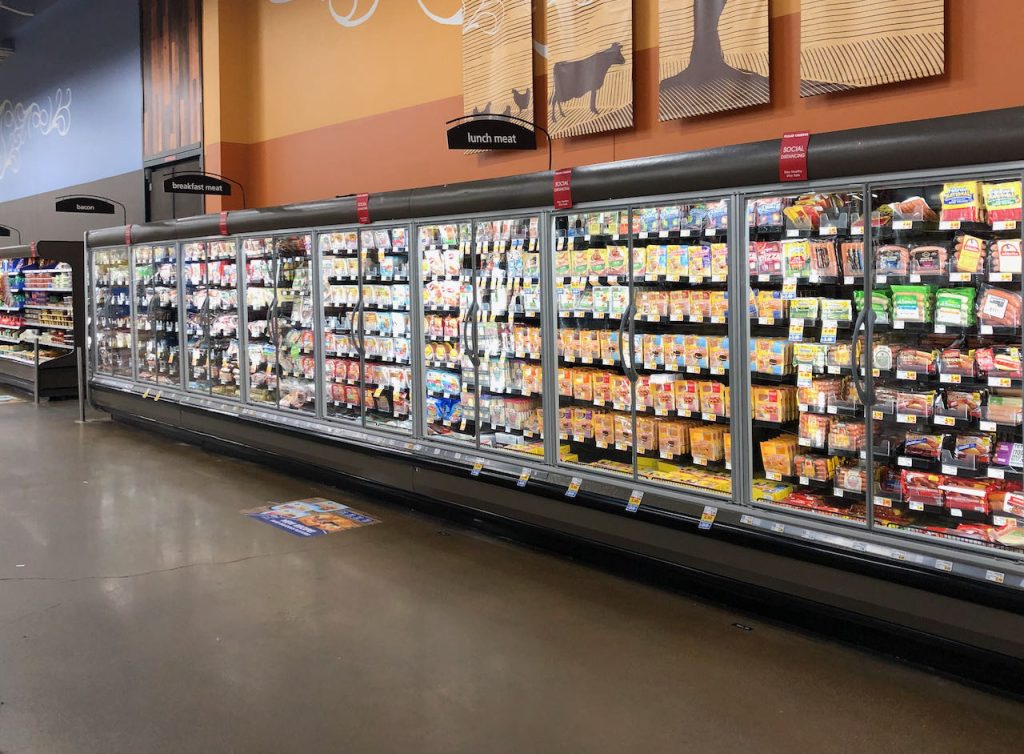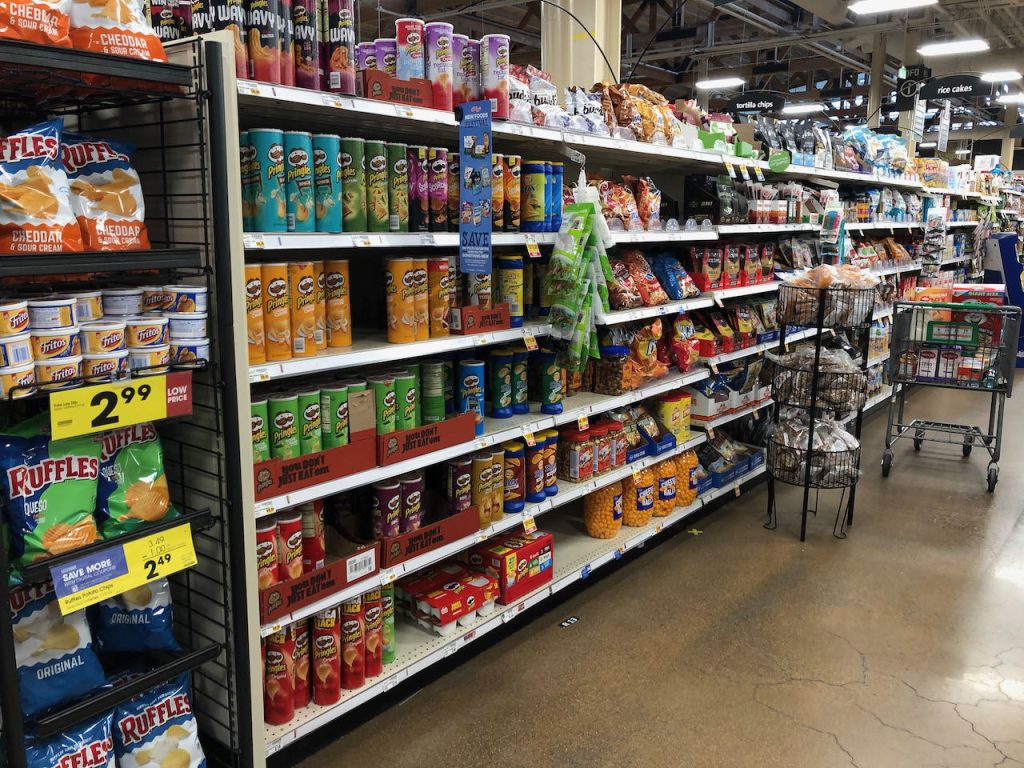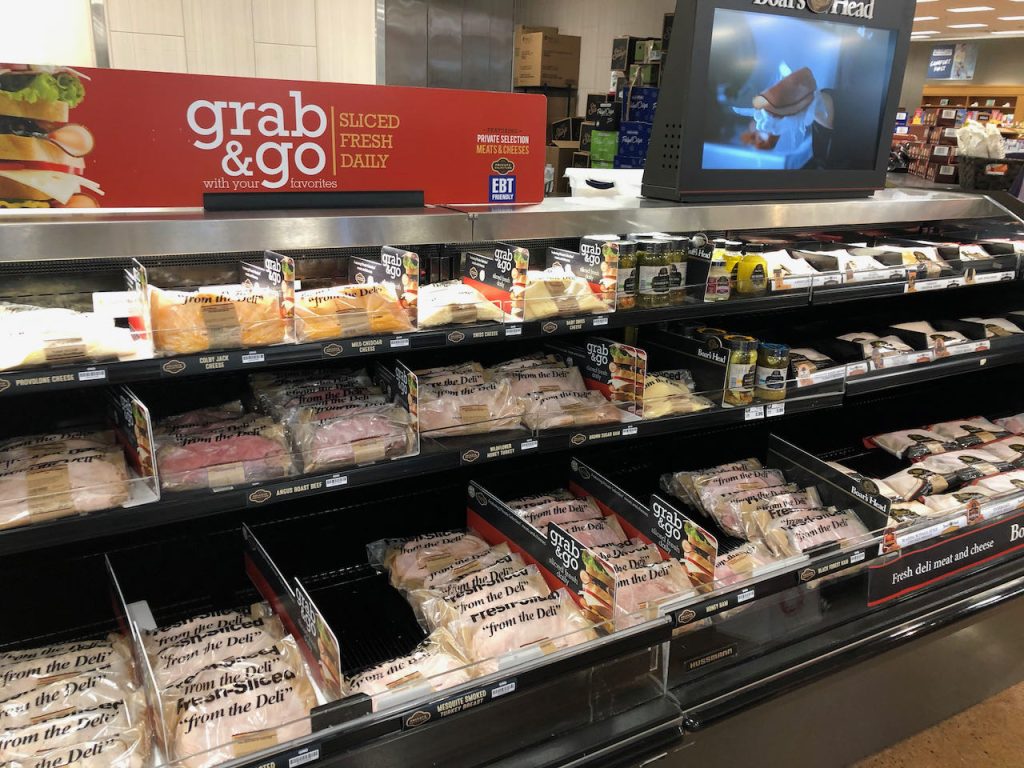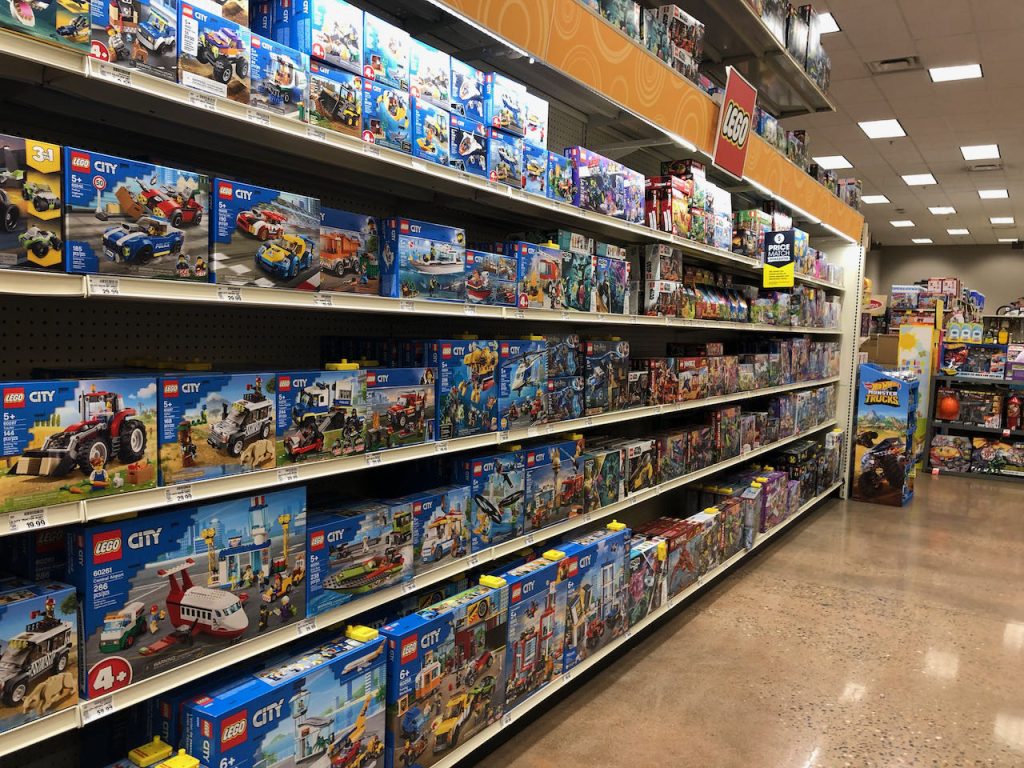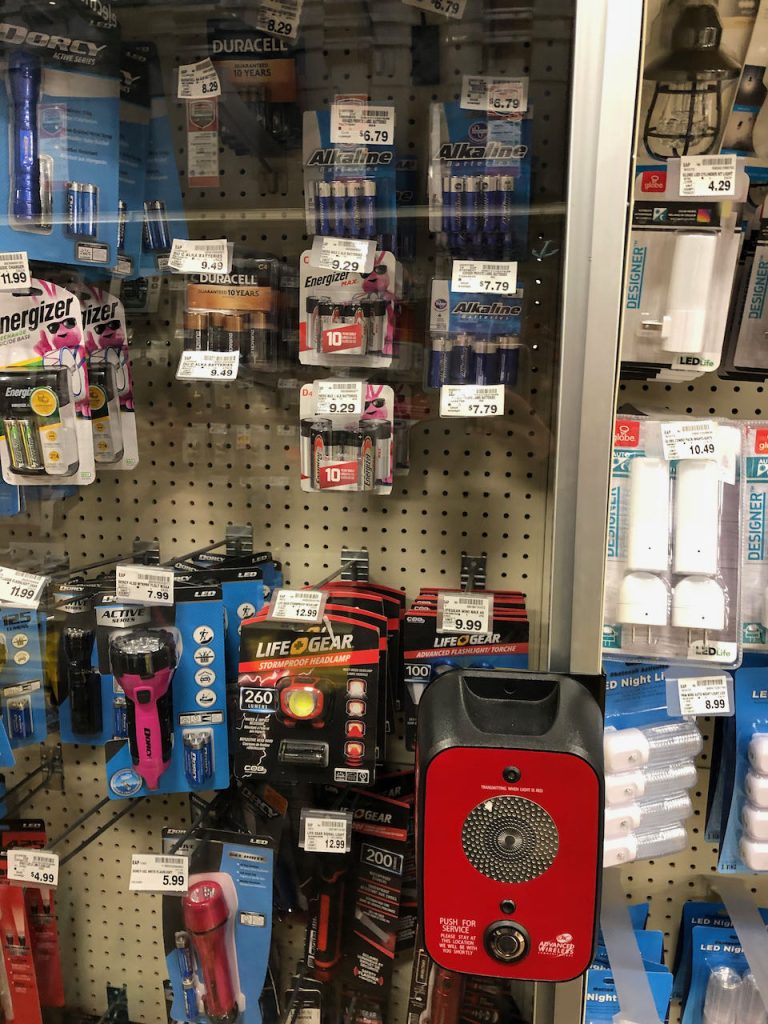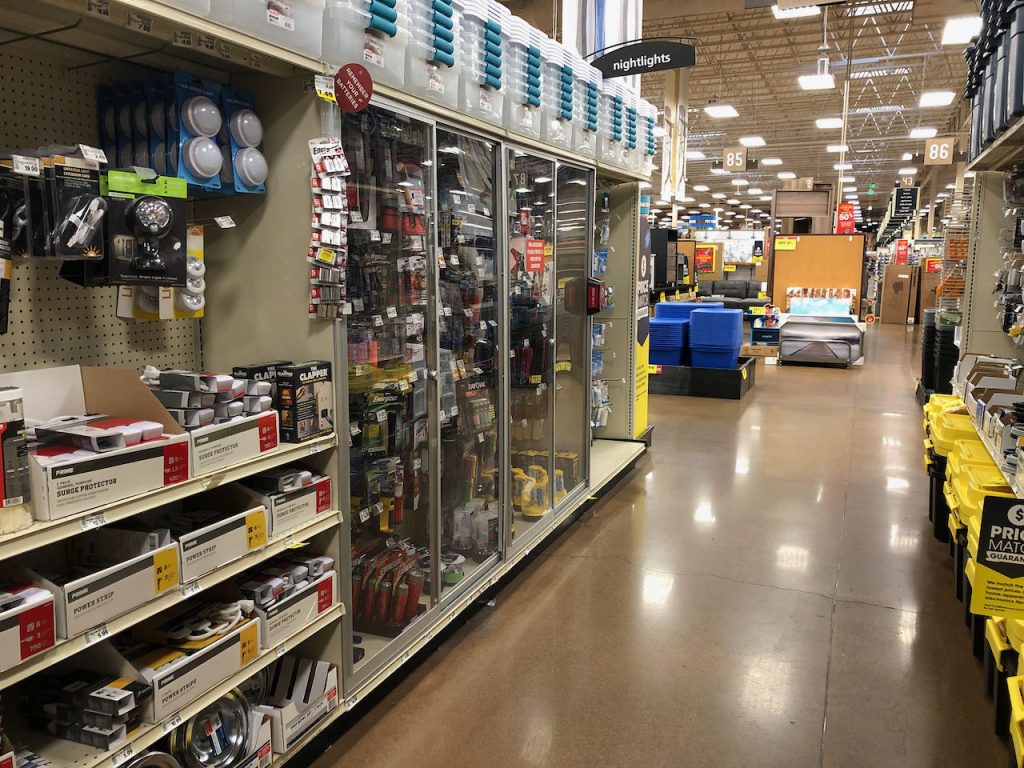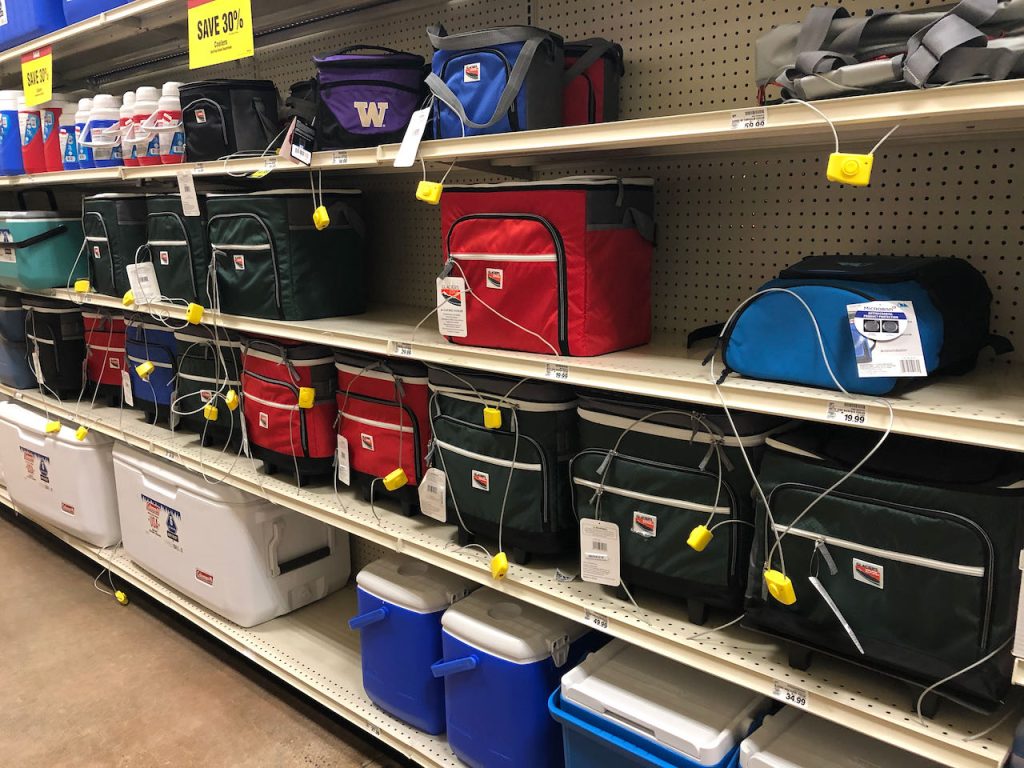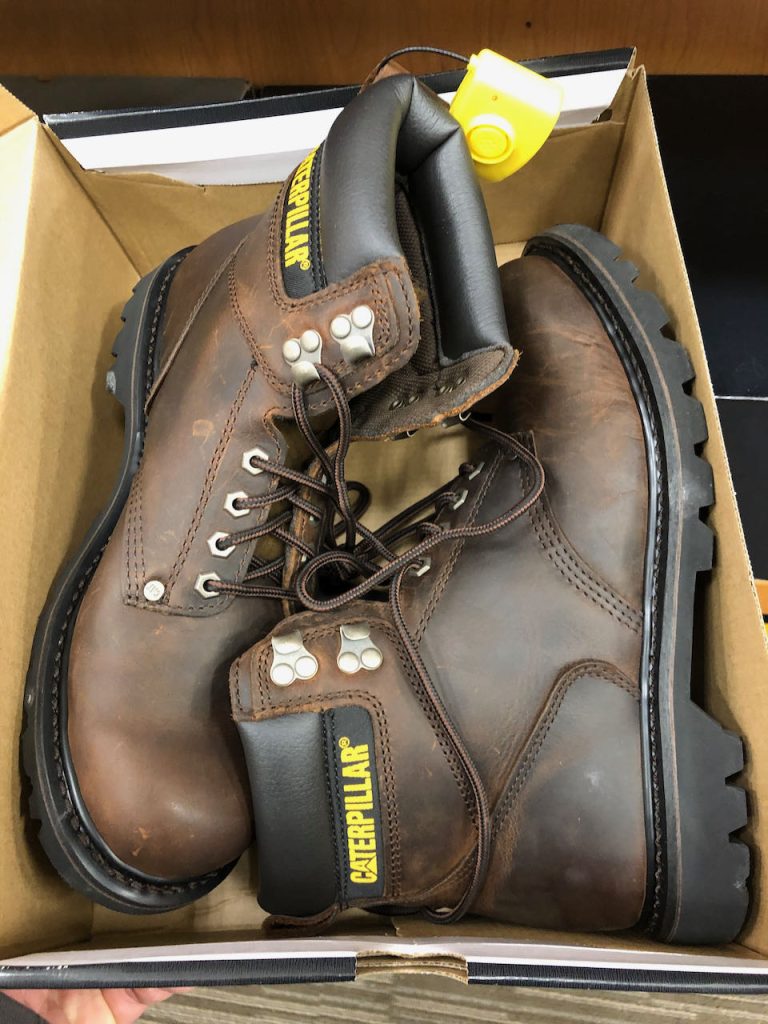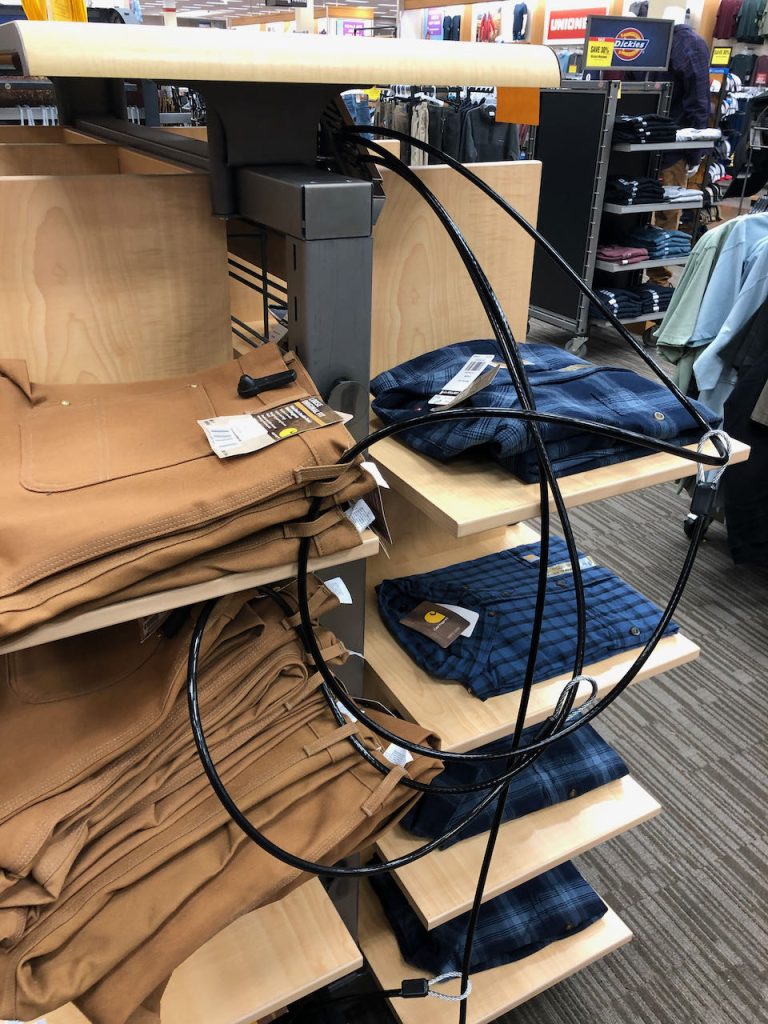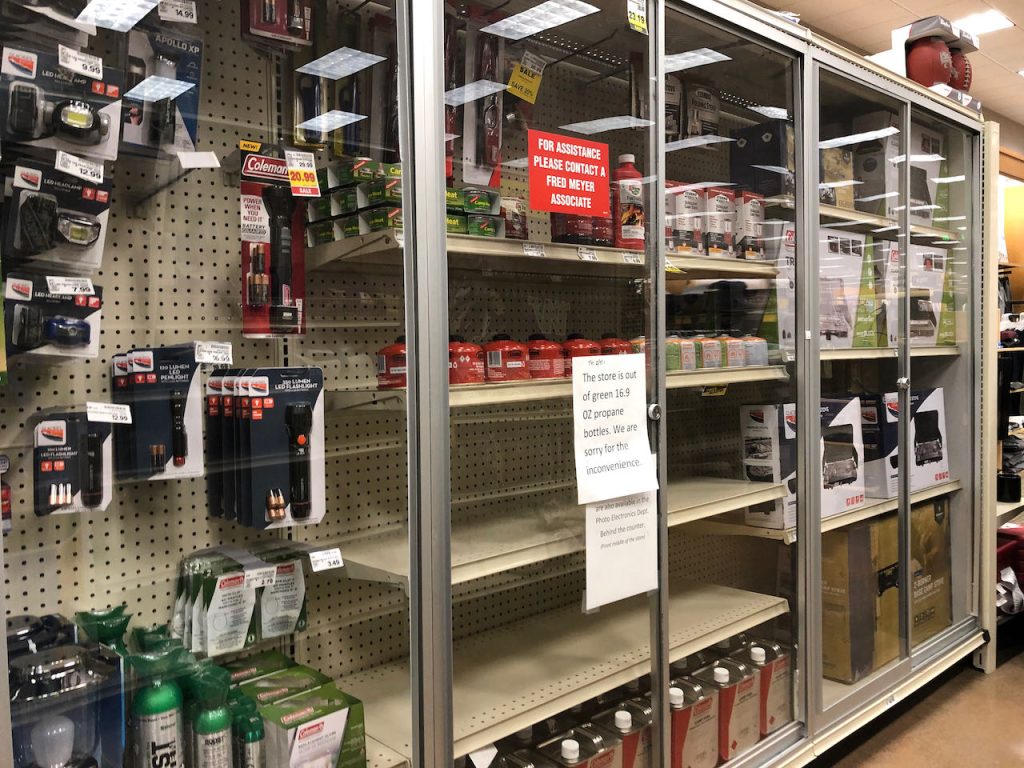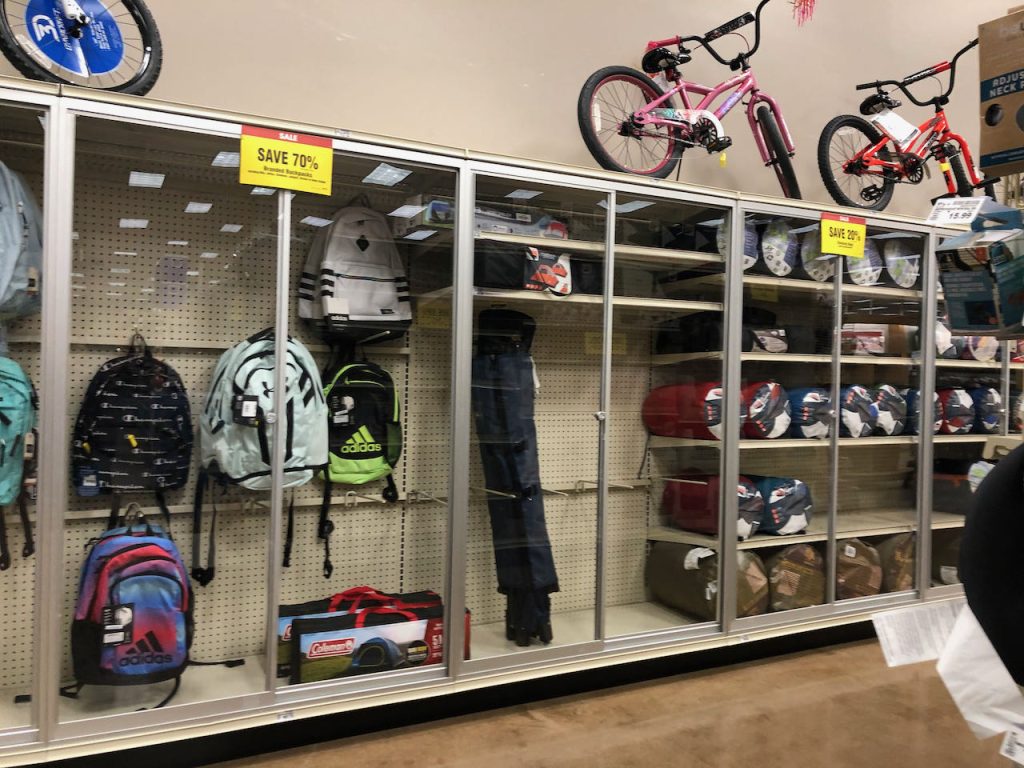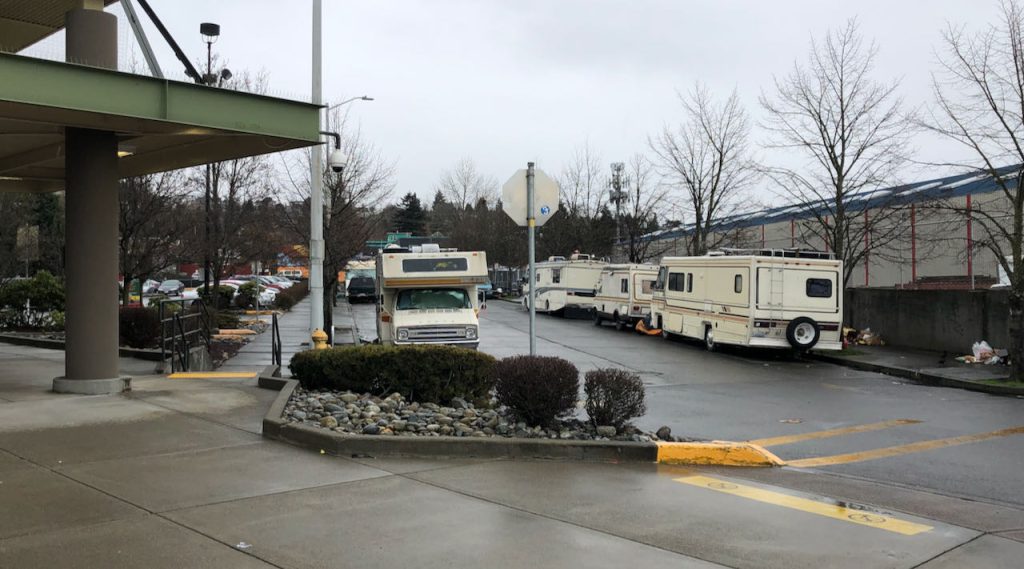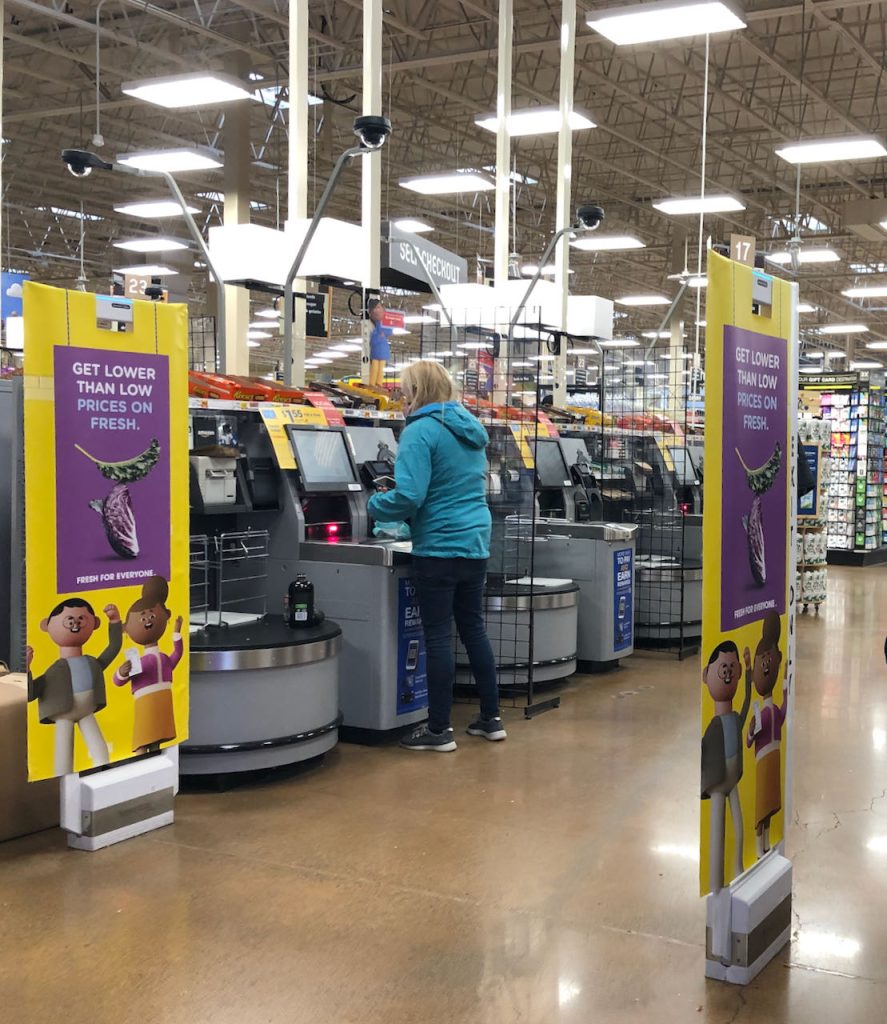Through some clever permit digging, our friends over at GeekWire have found that the vacant New Seasons in Ballard is being refit as an Amazon Fresh grocery store. For those of us who follow the issues surrounding industrial Ballard and Interbay, the obvious question is how we allowed our city’s zoning to become so derelict that it has now produced a “grocery alley” far from homes instead of the manufacturing jobs that are supposed to be there.
But another question that comes up is whether notoriously anti-union Amazon has received the same kind of pushback that notoriously anti-union New Seasons received. In short, no. The city is too busy dealing with a different grocery store hullabaloo. This is the week that Kroger, parent company of QFC and Fred Meyer, took their turn shaking down not-so-liberal Seattle for being too liberal.
Kroger announced to all other jurisdictions pursuing hazard pay that they will be closing two Seattle locations because of the increased costs of modestly less than substandard wages during a pandemic. During a time of “eye popping profits,” it’s just too expensive to give frontline workers that were once revered as heroes an extra $4 an hour.
A tour of the Kroger outpost on Grocery Alley—the looming Fred Meyer on NW 45th Street—shows how the company isn’t just trimming costs by closing stores. The store and the nearby PCC are unionized. A renovation last year reorganized the store and installed significantly more … something. Let’s take a look.
As with all primary entrances to quality grocery establishments, upon entering Fred Meyer one is met with the brightest array of fruits and veggies that the Western Hemisphere and a lot of oil can muster. It’s really a well done display, consistently refreshed and plentiful. We actually stopped going to a competitor when they changed their color palette to “bohemian coffee house” and installed mood lighting over the bananas. Fruit needs to shine, and it does well here.
One of the renovations added doors on many of the vertical cold cases. Gone are the days of the open freezer boxes (and sticking your head in for the sweet smell of Freon and frozen peas). The meats and cheeses get consistent temperatures and energy isn’t spent chilling the entire building. Pandemic bonus, a sneeze guard to protect from the person picking Lunchables in the next slot.
Of course, most of the interior aisles are still filled with processed crap. Such tasty, tasty processed crap. The aisles are a bit wider, which is nice when overpurchasing crap.
Fred Meyer’s renovation flipped the deli counter. There are still cases of display meats and block cheeses that can be sliced on demand by a living person. But their area is much smaller now and they have to share it with the sushi guy and the hot chicken bar. A third of the deli cases got turned outwards and filled with the meats and cheeses that are normally sliced, only it’s done beforehand as “Grab and Go”. This feels like a pandemic-excused efficiency that was planned a while ago and will be sticking around post-vaccines. It also avoids the deli folk having to offer the first slice of meat as a tester.
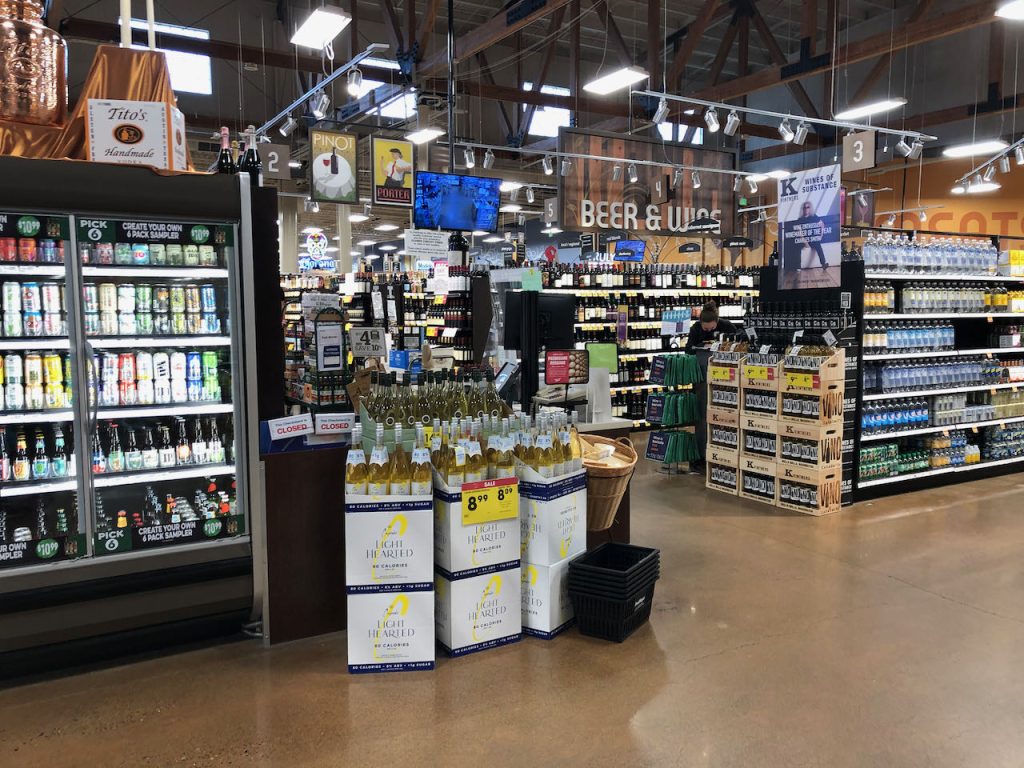
A big part of the renovation is the liquor corral. Instead of having beer and wine integrated into the long aisle pattern, the booze is now segregated into an enclosed cluster. One cashier sits at the entry gap. It feels like an effort to keep thefts and underage purchases down with the minimal number of staffers possible. That search for efficiency is getting to be a repeated theme.
Of course, Fred Meyer isn’t just a grocery. It’s also housewares, clothes, and potting soil. At 160,000 square feet, it’s been interesting how the store has felt weirdly crowded during the pandemic. They get to fill 25% capacity for the entire building. Automotive and shoes sit mostly empty while everyone’s fighting over stress Oreos.
The rule of sticking to the edge of the grocery store for healthy foods doesn’t apply to mixed retail like Fred Meyer. At the edges we end up in the staffless areas dedicated to furniture and toys and socks. As could be expected, there’s a lot more electronic tags here to prevent theft. Staff is more focused on reloading the shelves of potato chips that get emptied quickly. There’s naturally less notice of the areas in the corners that have lower turn over. But an interesting pattern emerges in how security is distributed.
Legos, understandably, have universal appeal. So, of course, they’re some of the few toys that get alarms applied to each and every box. We notice this because we spend some significant time in the Lego aisle.
Flashlights are a bit more interesting of a question. They’re fairly inexpensive items and many have significant packaging. All of the flashlights are in a locked glass case. Nearby, similar lights and much more expensive power surges are not nearly under the same kind of security.
In another part of the store, the opposite back corner, more flashlights and headlamps are locked away along with camping goods. Security for gas and propane tanks inside a building seems really reasonable. It’s like the cages outside of the hardware store holding grill tanks. Safety rather than anti-theft. They’re secured, as are…coolers and sturdy work clothes and boots? Plenty of clothes have anti-theft tags on them, those little two-part pin devices that need the magnets at the cashier to remove. However, it’s really only the men’s pants that are attached to the shelves with a bicycle lock. Same with coolers and suitcases that are laced into the shelves with anti-theft wires.
Placing backpacks and sleeping bags behind locked glass builds a picture of what theft this store thinks it needs to prevent.
Which leads to a peek around the outside edge of the store that puts the flavor of this “security” into context. Fred Meyer and Grocery Alley are industrial. They are industrially zoned, car-dependent, waterfront areas. One of the few minimally humane things that the City of Seattle has done during this housing emergency and pandemic is slow the number of RVs that are towed from industrial areas. The fact of people living in vehicles outside is reflected in what Fred Meyer chooses to secure inside.
This south corner is also where the building’s entrance was closed and repurposed during an earlier renovation. This corner became a rally point for online ordering. The edge of the store that overlooks RVs is also where the future of retail is taking hold for Fred Meyer.
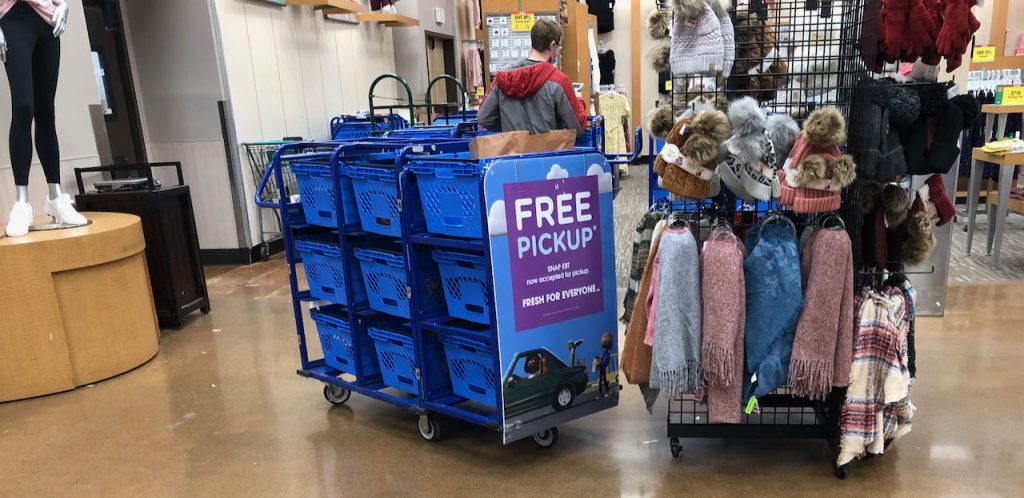
Going to Fred Meyer in the morning is an interesting experience. There’s a lot of restocking that goes on at the same time there are a bunch of online orders being fulfilled. Staff is loading shelves for their co-workers to unload. It is an automated cycle of manual labor controlled by algorithms and played out by humans for public view.
Naturally, Fred Meyer’s renovation added a dozen additional self-checkout kiosks. Customers get to choose whether to stand in a line for an ever-diminishing number of human staffers to complete our shopping. Or we can submit to the all-seeing panopticon cameras looking down as the machine asks, yet again, to move the grapes out of the bagging area. While there are still employees at Fred Meyer, they are a union shop. The renovations set up the public to take those jobs. It is the most modern grocery where staff shop for online orders while shoppers staff the robot checkout.
Mixed technology and union busting pseudo-efficiency brings us back to the beginning. Fred Meyer’s renovation is Amazon cosplay. Amazon is coming into Grocery Alley wearing a Freddy Kroger mask acting like a grocer. Fred Meyer’s retort is to deploy automation and trying to act like a warehouse. There’s no irony that the new grocery wars are taking place on a site that made steel for a century. It’s a crucible as the only place in the city zoned with the flexibility to switch between warehouse, performance venue, retail, food service, advanced robotics, and security theater. Too bad it sucks to walk there.
Unfortunately, it doesn’t matter who wins the grocery wars because we’re the ones losing. No matter if they’re dressed as warehouse or grocery store, these competitors aren’t putting better food on our tables or getting more people fed. They’re not reducing the impact of getting food from farm to table. And they’re very much not improving the pay and livelihoods of those working in the store. All this work to efficiently deliver feed for human beings, and we keep missing that there are human beings involved.
Ray Dubicki is a stay-at-home dad and parent-on-call for taking care of general school and neighborhood tasks around Ballard. This lets him see how urbanism works (or doesn’t) during the hours most people are locked in their office. He is an attorney and urbanist by training, with soup-to-nuts planning experience from code enforcement to university development to writing zoning ordinances. He enjoys using PowerPoint, but only because it’s no longer a weekly obligation.


